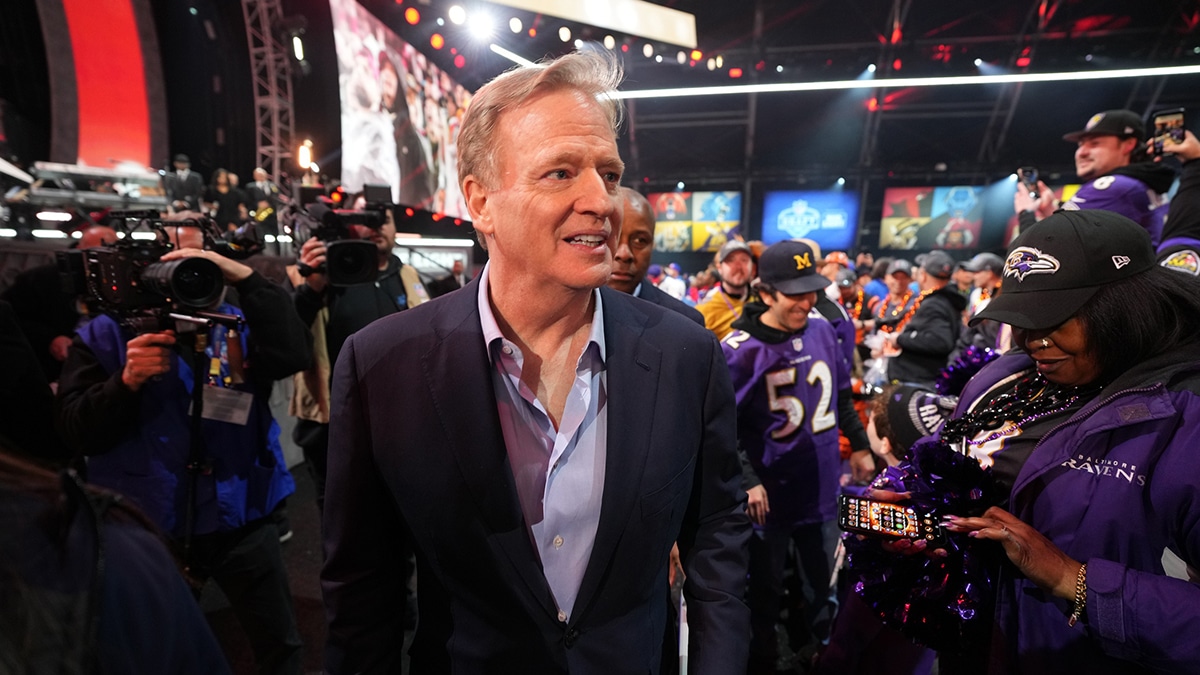The NFL has released the full league calendar for next season. It revealed one interesting nugget related to when the trade deadline falls.
Late June is the time of year where hardcore NFL fans start becoming itchy for football. It also happens to be one of the slowest periods on the league calendar. The latest NFL news is actually about the league calendar itself. The NFL released its full calendar for the 2024 season. Fans have already been making insights about the information included on the calendar, including one unique note on where the trade deadline falls this year.
Earlier this offseason, NFL owners decided to move the league’s trade deadline back one week. Historically, the trade deadline occurred on the Tuesday following Week 8. This year, it is the Tuesday following Week 9.

Here’s where things get interesting: in 2024, that happens to fall on Tuesday November 5th, the day of the 2024 Presidential election in the U.S.
November 5th is shaping up to be a huge news day. Last year, 10 different teams were part of trades that occurred on the last day of the trade deadline. It’s possible that we experience more trade this year because the deadline is a week later.
One of the main argument around moving the trade deadline back is to increase the volume trades. The hope is that, by allowing another week to pass, teams who are in the hunt may feel emboldened to make a move to stay relevant. It also provides more insurance for teams who may sustain a major injury in Week 8 and need to source a replacement ASAP.
The new league calendar shows all league events through the end of May 2025. It also included the date for the 2025 NFL Draft (April 24-26), which will be held in Green Bay, Wisconsin.
NFL will also roll out new XFL-style kickoff rule change in 2024

The new trade deadline is not the only change coming to the NFL this season
Earlier this offseason, the NFL owners agreed to a one-year trial of new kickoff rules. The new rules, which are heavily inspired by a set of XFL kickoff rules, are designed to increase player safety while keeping kick returns a part of the game.
The changes are significant.
Kickers will still kick off from the 35-yard line, but the rest of the kicking team will line up at the opponent’s 40-yard line. This is dubbed the “kickoff start line.” The receiving team must have at least seven players in a “setup zone” that is a space between the 35-yard and 30-yard lines.
The idea is that nobody can move on either team until the ball is fielded by the return team or goes out of bounds. This eliminates players having a huge running start at the beginning of the play, which has been found to increase injuries.
There are numerous rules related to where the ball is allowed to land and what happens if the ball lands out of bounds in all possible ways.
The other big change relates to onside kicks. If a team wants to try an onside kick, they must declare their intention before the play. Then they must follow onside kick rules as they currently exist. This marks the end of the surprise onside kick.
Ben Strauss is an associate editor and writer covering the NFL, NCAA Football, and fantasy football for ClutchPoints. The Michigan State graduate has written fantasy football content for IDPGuys and ImportantNonsense.com.